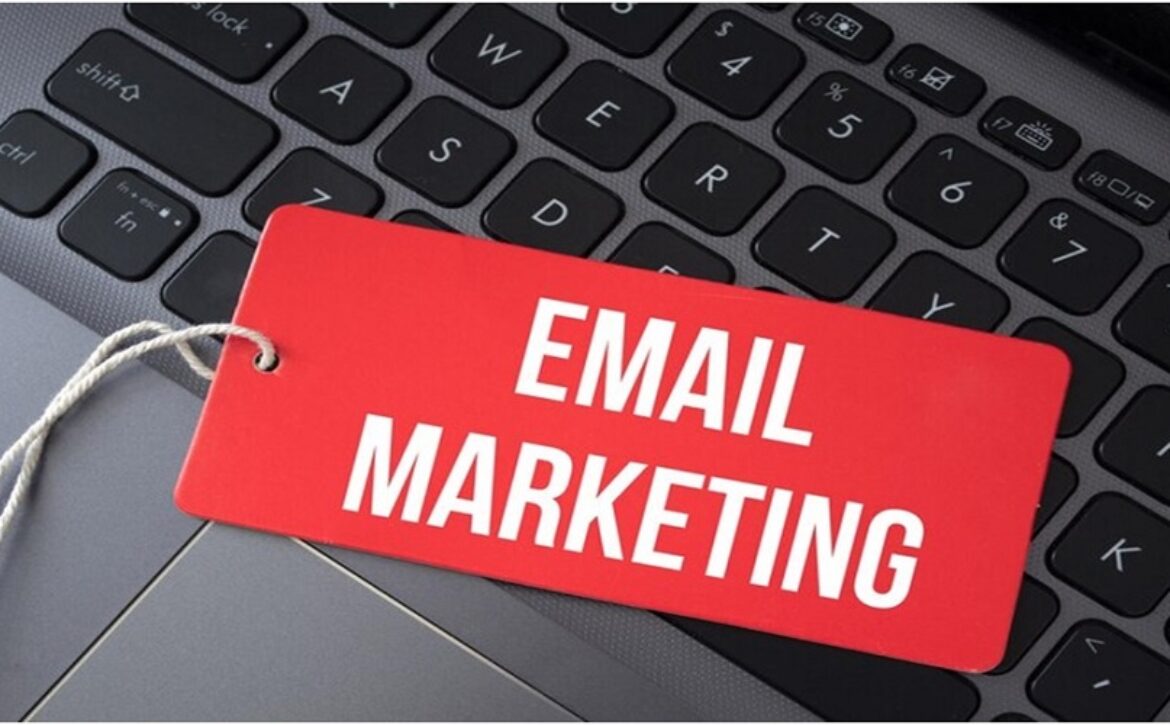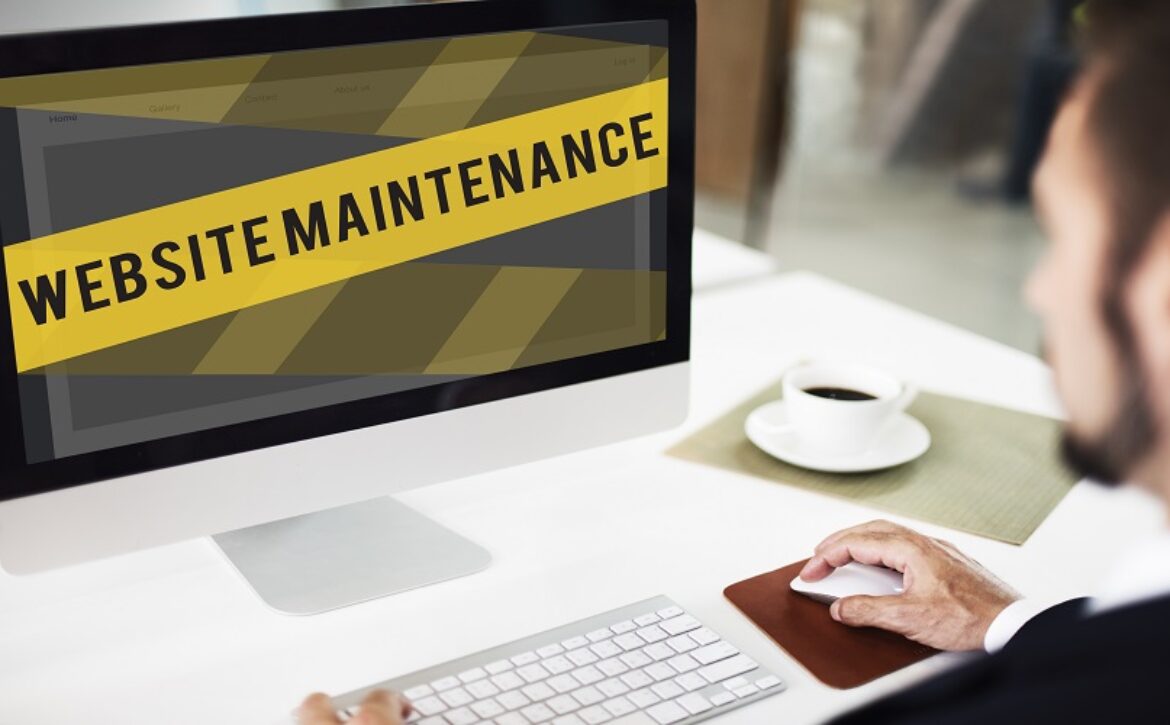What Is The Impact Of Artificial Intelligence On SEO?
Welcome to the AI era, where SEO is undergoing a major transformation. AI has revolutionized how search engines understand user intent and provide personalized results. With AI, businesses can benefit from improved search engine rankings, more accurate keyword targeting, enhanced content optimization, and streamlined data analysis. Embracing AI in SEO opens up new possibilities for reaching and engaging with target audiences in a highly tailored and efficient manner.
Picture this: you search for the best smartwatch, and in an instant, the search engine presents you with a tailored list of options. How is it possible? By analyzing data like search history and location, AI algorithms optimize keyword research, content creation, and user engagement. Join us on this exciting journey as we explore how AI has unleashed its power, reshaping the digital landscape of SEO Toronto.
Revolutionizing SEO: 8 Powerful Ways AI Has Transformed Search Optimization
—————————————-
1. Content Creation
- AI automates the content generation, saving time and effort for creators.
- AI-powered writing assistants provide real-time feedback and suggestions for improved content quality.
- AI algorithms optimize content based on search data and user behaviour, boosting visibility in search results.
- AI enables personalized content recommendations tailored to individual user preferences.
- Natural language generation powered by AI creates human-like text for various content types.
- AI-powered tools aid in content curation by filtering and recommending valuable information for target audiences.
2. Keyword Research
- AI-powered tools analyze vast amounts of data to identify relevant keywords and uncover emerging search trends.
- AI algorithms provide valuable insights into keyword competition, search volume, and user intent, aiding in strategic keyword selection.
- AI helps uncover long-tail keywords and semantic variations, improving the targeting and relevance of content.
- AI automates the process of keyword analysis, saving time and effort for SEO professionals.
- AI enhances keyword clustering and grouping, facilitating effective content organization and website structure.
- AI-driven predictive analytics forecast keyword performance and trends, guiding future SEO strategies and optimizations.
3. User Experience
- AI delivers personalized recommendations and tailored search results based on user behaviour and preferences.
- Chatbots and virtual assistants powered by AI provide instant and efficient customer support, enhancing user satisfaction.
- AI enables voice search optimization, making it easier for users to find information and improving their overall experience.
- Dynamic website optimization powered by AI ensures a seamless and personalized browsing experience.
- AI utilizes predictive analytics to anticipate user needs, customize offerings, and deliver a more personalized experience.
- AI enables rapid A/B testing and optimization, improving user experience and conversion rates.
4. Visuals Creation
- AI algorithms recognize and tag objects within images, improving searchability and SEO optimization.
- AI automates image editing, enhancing visual elements and optimizing content for a better user experience.
- AI generates customized visuals based on user preferences, creating unique and engaging experiences.
- AI analyzes video content, generating metadata to improve search engine indexing and ranking.
- AI enables visual search, allowing users to find similar images and enhancing user engagement.
- AI powers immersive virtual reality (VR) and augmented reality (AR) experiences, transforming user interactions with visual content.
5. Analysis and Monitoring
- AI algorithms recognize and tag objects within images, improving searchability and SEO optimization.
- AI automates image editing, enhancing visual elements and optimizing content for a better user experience.
- AI generates customized visuals based on user preferences, creating unique and engaging experiences.
- AI analyzes video content, generating metadata to improve search engine indexing and ranking.
- AI enables visual search, allowing users to find similar images and enhancing user engagement.
- AI powers immersive virtual reality (VR) and augmented reality (AR) experiences, transforming user interactions with visual content.
6. Voice Technology
- AI powers voice recognition technology, enabling accurate transcription and understanding of spoken queries.
- AI algorithms optimize websites for voice search by analyzing natural language patterns and user intent.
- AI enables voice assistants like Siri, Alexa, and Google Assistant to provide personalized responses and recommendations based on user preferences and data.
- AI enhances voice-based content creation by generating natural-sounding speech and voiceovers.
- AI-driven sentiment analysis helps analyze and understand user emotions and sentiments expressed through voice interactions.
- AI facilitates voice-based analytics, allowing SEO professionals to track and measure the impact of voice search on website traffic and conversions.
7. ChatBots
- AI powers chatbots, enabling automated and intelligent user interactions and improving customer support and engagement.
- AI algorithms analyze user queries to provide accurate and relevant responses, mimicking human-like conversations.
- AI-powered chatbots can handle multiple conversations simultaneously, providing instant assistance to users around the clock.
- AI learns from user interactions to improve chatbot performance over time, enhancing the quality and accuracy of responses.
- AI enables chatbots to understand user intent and context, offering personalized recommendations and solutions.
- AI-driven sentiment analysis helps chatbots gauge user satisfaction and adjust responses accordingly, improving the overall user experience.
8. Structured Data Markup
- AI automates the process of implementing structured data markup, reducing manual effort and human error.
- AI algorithms analyze website content and suggest appropriate structured data markup for improved search engine visibility.
- AI enhances the accuracy and relevance of structured data markup by identifying and resolving potential issues or inconsistencies.
- AI-powered tools validate and optimize structured data markup, ensuring compliance with search engine guidelines.
- AI improves the extraction and interpretation of structured data, enabling search engines to understand and present information more effectively.
- AI-driven analysis of structured data markup helps SEO professionals identify opportunities for enhancing search appearances, such as rich snippets or knowledge graphs.
The Dark Side of AI: Negative Impacts on SEO
—————————————-
Increased competition
AI-powered SEO tools and automation have made it easier for businesses to optimize their websites, leading to higher competition for search engine rankings.
Algorithmic volatility
Frequent updates to search engine algorithms driven by AI can result in unpredictable and sudden shifts in search rankings, making it challenging for SEO professionals to keep up.
Decreased organic reach
AI algorithms prioritize paid advertisements and featured snippets, reducing the visibility of organic search results and making it harder for businesses to generate organic traffic.
Rise of black hat techniques
AI-driven SEO tools have empowered malicious actors to develop sophisticated black hats techniques, such as content scraping and automated link building, leading to spammy search results.
Diminished user experience
Excessive reliance on AI-driven keyword optimization and content generation can result in poor-quality, robotic content that fails to engage users effectively.
Bias in search results
AI algorithms may inadvertently perpetuate biases present in training data, leading to discriminatory or skewed search results that can impact marginalized groups.
Increased complexity
The intricacies of AI-based SEO require businesses to invest more time and resources into understanding and implementing complex strategies, making it difficult for smaller organizations to compete.
Dependency on data accuracy
AI algorithms heavily rely on accurate data, and any errors or inconsistencies in the input data can lead to flawed SEO recommendations or decisions.
Lack of transparency
The opacity of AI algorithms used by search engines makes it challenging for SEO professionals to understand the exact factors influencing search rankings, hampering their optimization efforts.
Manipulation by clickbait
AI-powered content recommendation systems may prioritize clickbait and sensationalist headlines, leading to the proliferation of low-quality content that prioritizes attracting clicks over providing valuable information.
Balancing AI: Leveraging its Power Responsibly for Success
—————————————-
Finding the right balance between AI and responsible practices is key to succeeding in Search Engine Optimization (SEO). Let’s explore the importance of leveraging AI’s power wisely to achieve optimal results in the ever-evolving SEO landscape.
To achieve a balanced use of AI, consider the following guidelines:
Identify specific needs
Determine the areas where AI can provide the most value, such as automating repetitive tasks, analyzing large datasets, or enhancing decision-making processes.
Ethical considerations
Ensure that AI systems and algorithms are developed and deployed ethically, respecting privacy, avoiding bias, and promoting transparency.
Human-AI collaboration
Foster a collaborative environment where AI is seen as a tool to augment human capabilities rather than replace them, encouraging human oversight and intervention.
Continuous monitoring and evaluation
Regularly assess the performance and impact of AI systems, monitoring for potential biases, errors, or unintended consequences.
User-centred design
Prioritize the user experience and incorporate user feedback throughout the development and deployment of AI systems, ensuring they align with user needs and expectations.
Data quality and privacy
Maintain high standards for data quality, ensuring accurate and representative data is used to train AI models while safeguarding user privacy and complying with data protection regulations.
Transparent decision-making
Strive for transparency in AI algorithms and decision-making processes, providing explanations and justifications whenever possible to build stakeholder trust.
Continuous learning and adaptation
Encourage ongoing learning and improvement of AI systems by leveraging feedback loops, user insights, and the latest advancements in AI technology.
Risk management
Identify and mitigate potential risks associated with AI implementation, including cybersecurity threats, algorithmic biases, and unintended consequences.
Regulatory compliance
Stay informed about relevant laws, regulations, and ethical guidelines related to AI, ensuring compliance with legal requirements and industry best practices.
Final Words
Finding a balance in the use of AI is crucial for maximizing its potential while mitigating potential drawbacks. Embracing AI in SEO offers numerous benefits, including efficient content creation, enhanced user experiences, improved data analysis, and advanced optimization techniques. However, it is essential to remain mindful of ethical considerations, user privacy, and the potential biases and complexities that AI can introduce. By approaching AI implementation with careful consideration and monitoring, businesses can harness its power responsibly and unlock new levels of success in the dynamic world of SEO.










